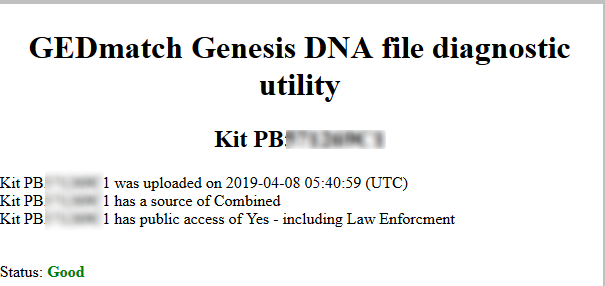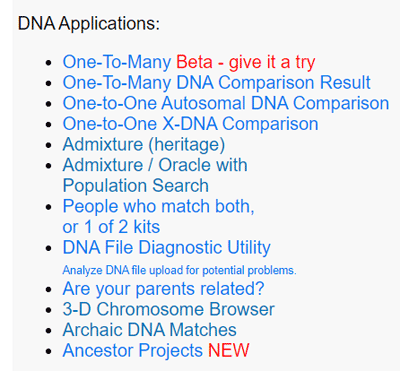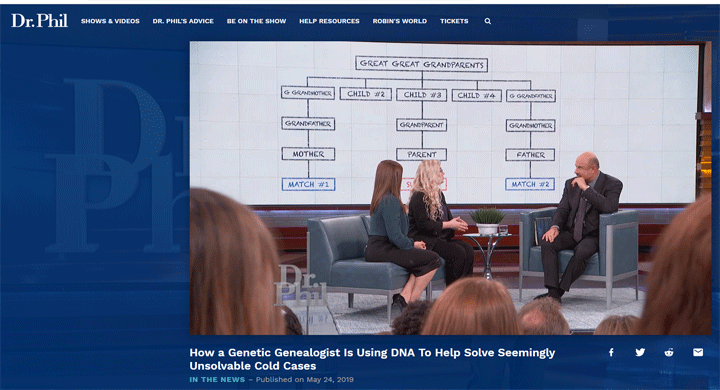Many people have asked me about the use of their DNA by law enforcement. Some are concerned, others just curious. So here is how it works.
 First of all, there are only two commercial databases where law enforcement is allowed in. Both of those, GEDmatch and Family Tree DNA (ftDNA), require you to opt in to that usage and inform you about it in their terms. There is also one non-profit – DNA Justice – just for Law Enforcement, where you can choose to opt in to be informed if your DNA solved a case.
First of all, there are only two commercial databases where law enforcement is allowed in. Both of those, GEDmatch and Family Tree DNA (ftDNA), require you to opt in to that usage and inform you about it in their terms. There is also one non-profit – DNA Justice – just for Law Enforcement, where you can choose to opt in to be informed if your DNA solved a case.
In order for your DNA to be helpful for solving cases, you have to upload your DNA test done elsewhere to any of those sites, although ftDNA will also do the actual DNA testing and even has some additional tests. In fact, I have a review of the great new Roberta Estes book about that site coming soon. Remember, Law Enforcement only uses your DNA for cousin matching, and perhaps ethnicity, but does not have access to your actual raw DNA data.
If you opt in to helping solve cases on those sites, then your DNA plus your family tree could be used to identify any 2nd or 3rd cousins that are unidentified bodies, rapists, or murderers. Unless you are a genealogist, you probably don’t know all your cousins, and there can even be a few unknown out-of-wedlock ones. I have discovered more of those on my own tree than I would have expected.
So why are so many reluctant to opt in? Fear of reprisals from the criminal? (they don’t know about you, so no worries) or just the reluctance to be a tattle tale? We have all been trained to guard our online privacy so perhaps that is where the discomfort comes from.
I explained the methodology of using genetic genealogy for identifications in a post (click here) I wrote just after the Golden State killer was found. It is the same set of techniques used to help adoptees. The important thing to understand is that genetic genealogy is just used as a tip to narrow down the possibilities. Then Law Enforcement collects the actual DNA of the suspect(s) and compares it to what they have for the perp before any arrests are made.

In the case of unidentified bodies, the trick is to get enough DNA from the degraded remains to create a DNA profile similar to a test kit and thus usable on those sites, The DNA Justice site says “There is so much work still to be done, with more than 14,000 listings in the National Missing and Unidentified Persons System (NamUS) alone.” Click here to read a few of the success stories on the DNA Doe site to see how important this work is.
Finally if you want an inside look at how this work is done read the book I Know Who You Are written by Barbara Rae-Venter. This compelling autobiographical book includes the details of how the Golden State Killer was found with genetic genealogy.
Here’s hoping more of you opt into helping out by uploading your autosomal DNA test results to these sites!





